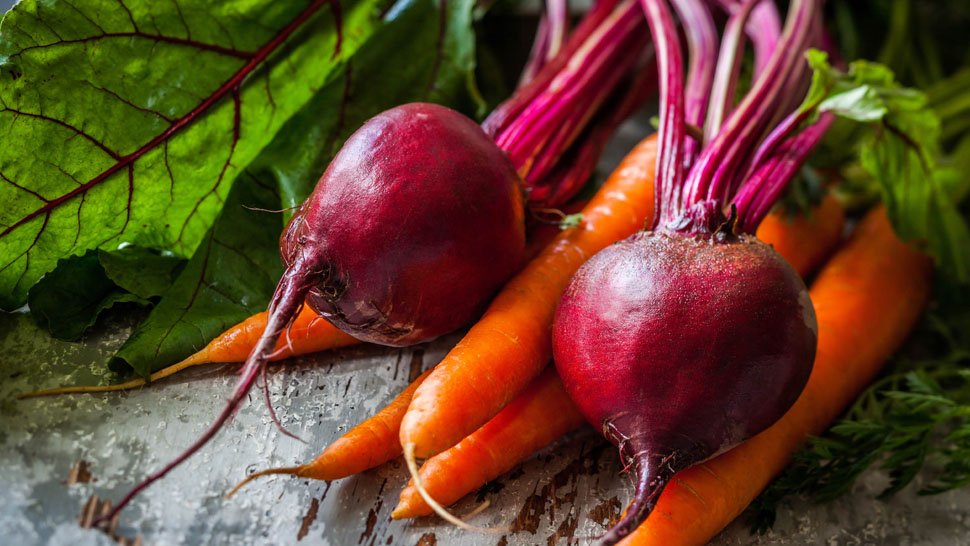
10 Ways to Add More Color (and Nutrients) to Your Plate
Eating a variety of colorful plant foods not only adds variety and texture to each meal, it has been linked to reduced risk of chronic disease, better aging, and general health and wellness.

Eating a variety of colorful plant foods not only adds variety and texture to each meal, it has been linked to reduced risk of chronic disease, better aging, and general health and wellness.
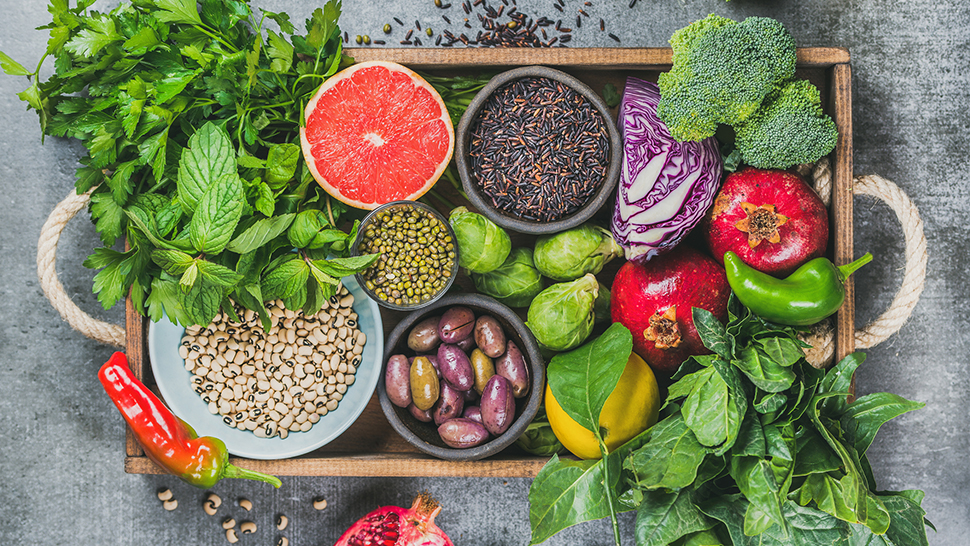
When it comes to cancer, the stats are scary — one in two men and one in three women will get cancer sometime in their life. While that reality is daunting, don’t let it make you feel powerless.
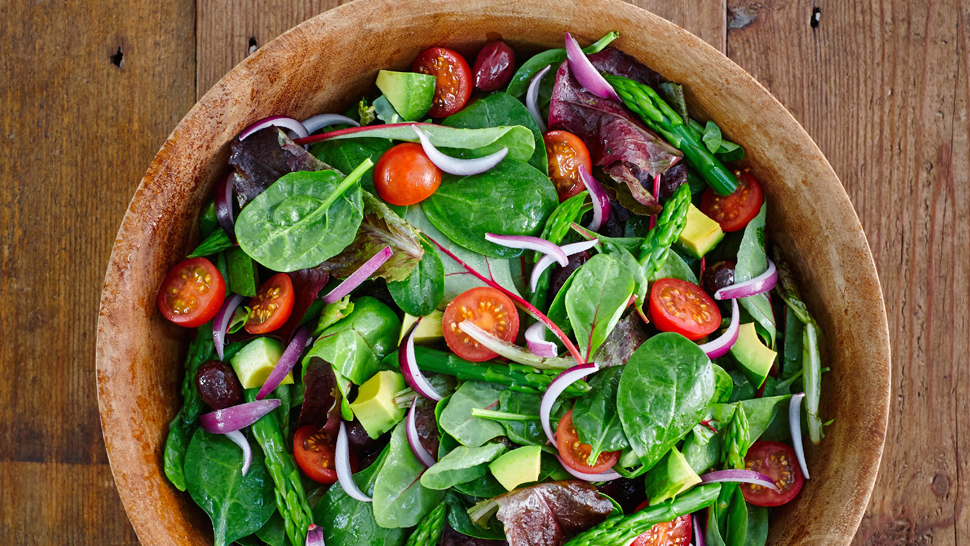
Research shows that when comparing dietary patterns that work for weight management, there is one commonality: they emphasize whole foods and include lots of plants.
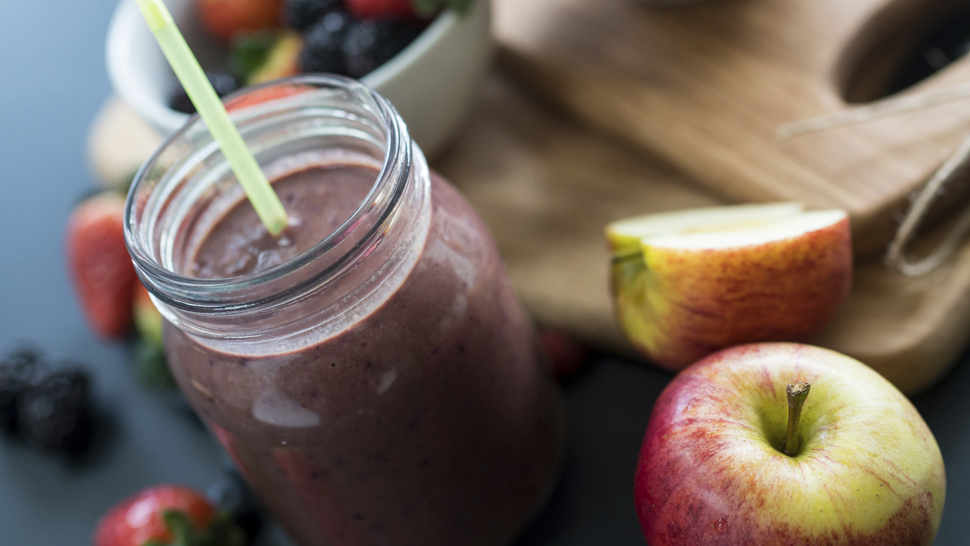
Making smart nutrition choices starts with an understanding of the basics.

Learning to cook with herbs and spices not only expands your culinary repertoire, it’s also a great way to boost flavor without adding salt.
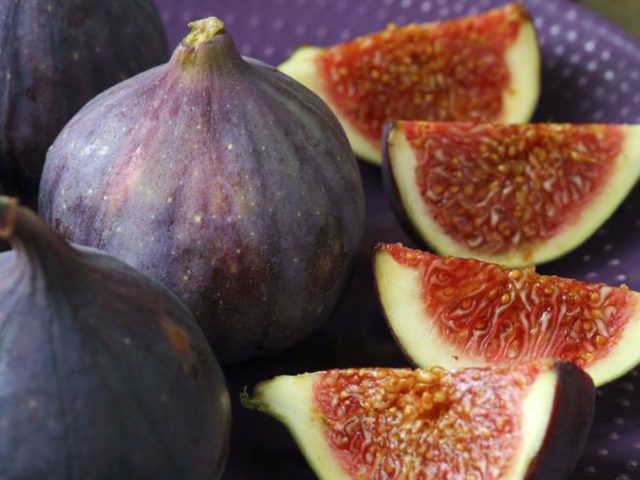
The average American adult consumes 22 teaspoons of added sugar per day, which translates into almost 300 extra calories. Most of this sugar comes from soda and other sweetened beverages. So how much is too much?

From holiday parties and family celebrations to shopping trips and end-of-semester traditions, the six weeks between Thanksgiving and New Year’s can feel like one marathon celebration. Pair that with all of the tempting holiday foods and drinks that are everywhere you turn, and it’s easy to see how the average American gains between one to five pounds during the holiday season – many of which unfortunately will stick around after the ball drops on New Year’s Eve.
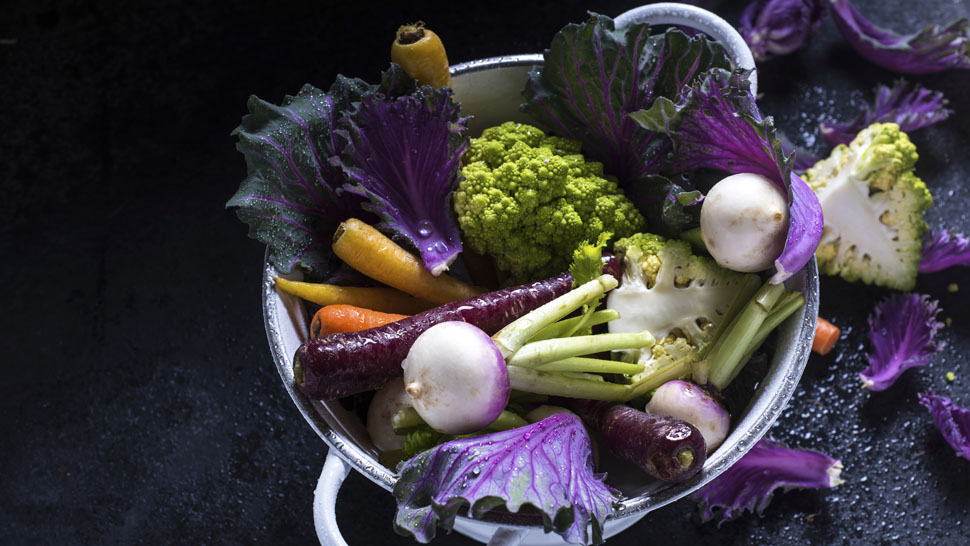
It has been well established that plant foods are part of a healthy diet.